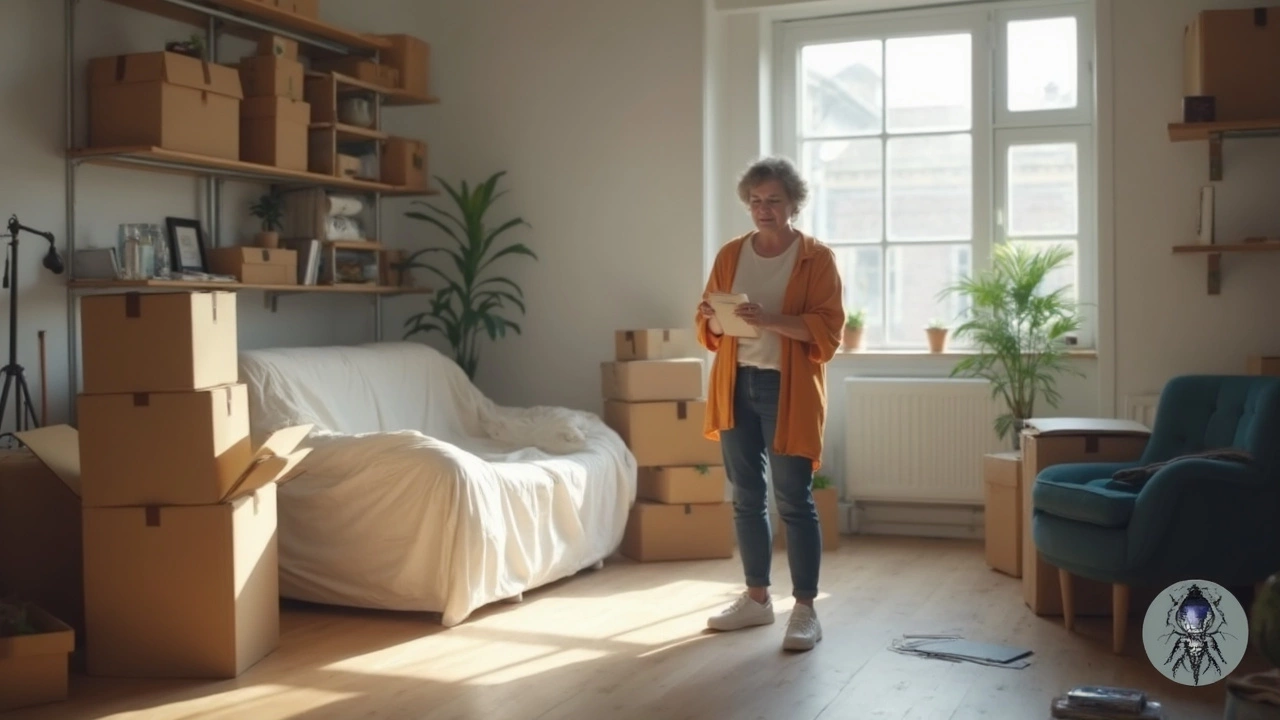Furniture Bugs Explained – Spot & Fix Common Issues Quickly
If you’ve ever heard a squeak, seen a wobble, or found a stain you can’t get rid of, you’ve dealt with a furniture bug. These aren’t supernatural – they’re just everyday problems that pop up in chairs, tables, sofas, and even outdoor pieces. The good news? Most of them have simple, cheap fixes you can do yourself.
Spotting the Most Common Bugs
Start by doing a quick walk‑through of every room. Listen for any creaks when you sit or lean. Check each leg for wobbliness – a leg that rocks is a clear sign of loose joints or worn hardware. Look at wood surfaces for warping, cracks, or water rings; these usually mean moisture has gotten in. For upholstered items, feel for sagging cushions or threadbare spots. Finally, glance at outdoor furniture for rust, faded paint, or signs of insect damage.
When you find a squeak, the culprit is often a loose screw or a worn bearing in a chair or sofa. Wobbly tables usually have loose brackets or a stripped screw hole. Stains on fabric can be from spills, pet accidents, or mold if the piece got damp.
Quick Fixes You Can Do at Home
1. Tighten everything. Grab a screwdriver and tighten any visible screws, bolts, or brackets. If a screw won’t stay tight, wrap the hole with a little wood glue and a toothpick, then re‑insert the screw.
2. Lubricate squeaky joints. A few drops of silicone spray or even a dab of household oil can quiet a squeak. Apply directly to the joint, move the piece back and forth a few times, then wipe off excess.
3. Fix wobbly legs. If a leg is loose, add a small wooden shim or a rubber pad under the foot. For metal legs, a bit of epoxy can fill stripped holes and give extra grip.
4. Repair surface damage. Minor scratches on wood can be hidden with a matching wood filler or a dab of walnut oil. For deeper gouges, fill with wood putty, sand smooth, and touch up with a matching stain.
5. Clean upholstery. Spot‑clean stains with a mild soap solution and a soft cloth. For stubborn odors, sprinkle baking soda, let sit 15 minutes, then vacuum. If a cushion has lost its bounce, add a layer of fresh foam or batting underneath.
6. Guard against outdoor wear. Wash patio furniture with a hose, scrub with mild detergent, and rinse well. Apply a protective sealant or fresh paint to metal frames to stop rust.
All these fixes take less than 30 minutes and cost under $20. Keep a basic repair kit – screwdriver, drill, wood glue, sandpaper, and silicone spray – handy and you’ll be ready for any bug that shows up.
Prevention beats repair. Use coasters, placemats, and pet blankets to protect surfaces. Keep furniture away from direct sunlight and damp walls to avoid warping and mold. A quick monthly check – tighten screws, wipe down surfaces, and test stability – can stop small bugs from becoming big headaches.
So next time you hear a creak or see a wobble, you know exactly what to look for and how to fix it. A few minutes of attention now saves you from costly repairs later, and your home stays comfortable and stylish for years to come.
How to Keep Bugs and Rodents Out of Your Storage Unit
Worried about pests ruining your stuff in a storage unit? Here’s how to keep bugs and rodents out for good. This article breaks down what attracts critters, practical ways to prevent infestations, and how to spot problems early. Protect your furniture, clothes, and boxes with easy tips that anyone can follow. Nobody wants to open their unit to a pest disaster—so let’s keep things clean and safe.
MoreDo Wicker Baskets Attract Bugs? Exploring Garden Furniture Concerns
Wicker baskets have been adored for their natural charm and functionality in garden settings. However, their intricate weave can also serve as a potential haven for bugs. This article delves into whether wicker baskets genuinely attract insects, offering tips on maintenance and protection. Learn how to enjoy your wicker furniture without compromise.
More

